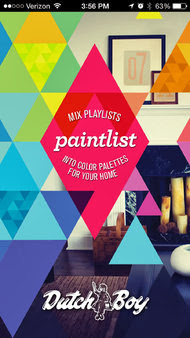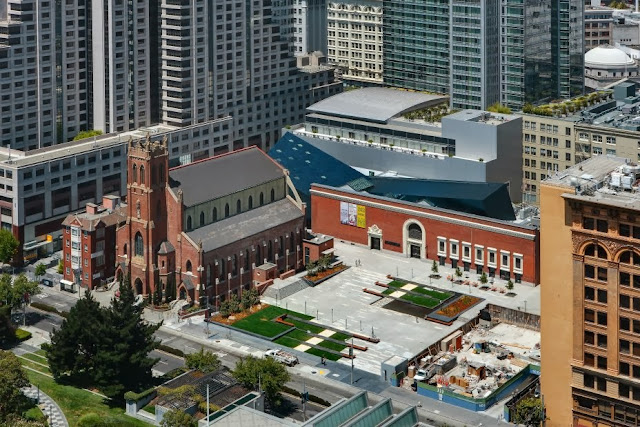 |
| All images property of David Hockney |
Since this is our last post of 2013 and we wanted to spend it reminding ourselves of why just why we love color. Fortunately, Hockney's work not only uses great color but it also thinks about our relationship to color as well. Take these three paintings. You can almost see yourself there, at that exact point in that exact forest. That one thick green tree in the foreground, its lowest branch growing bent, anchors you in that place even as the colors and vibrancy shift from image to image.
These three paintings, each with its own inviting path, are a stunning example of Hockney's colorist prowess. Each place is changed not by rearranging the physical space but solely with shifting color. More than just changes in season the forest in each painting grows in a different climate, maybe even on a different planet. In Hockney's paintings color becomes the content, the main idea, of the painting. These painting say something about the lens through which we see the places we inhabit. That place, the atmosphere, the way it makes you feel, the way it effects your mood and heartbeat and stress level, all of that is influenced by color.
So what do you think? Can we see and make our spaces, and by extension the events that happen there, not grey and concrete rough but brushed as Hockney's forests with world changing color?
See you next year!










































